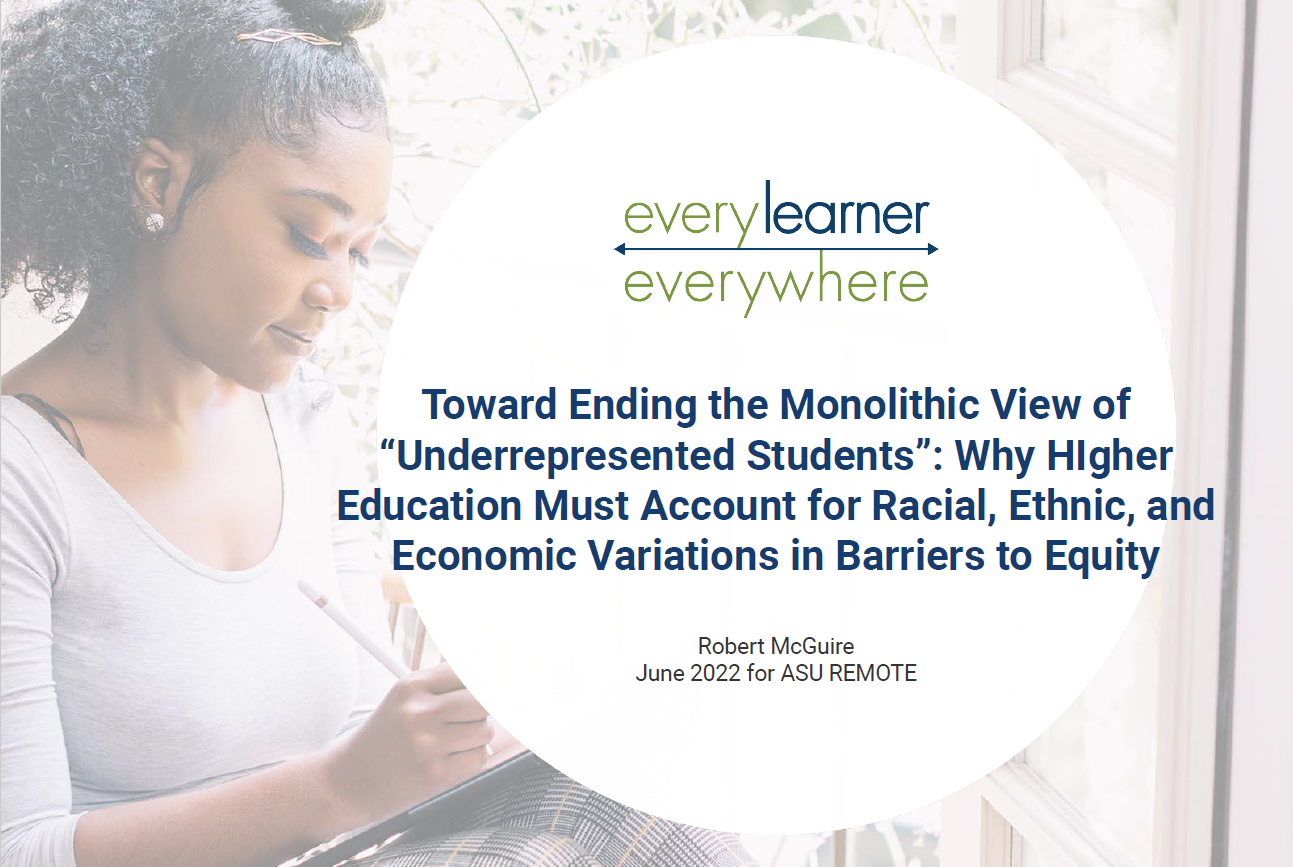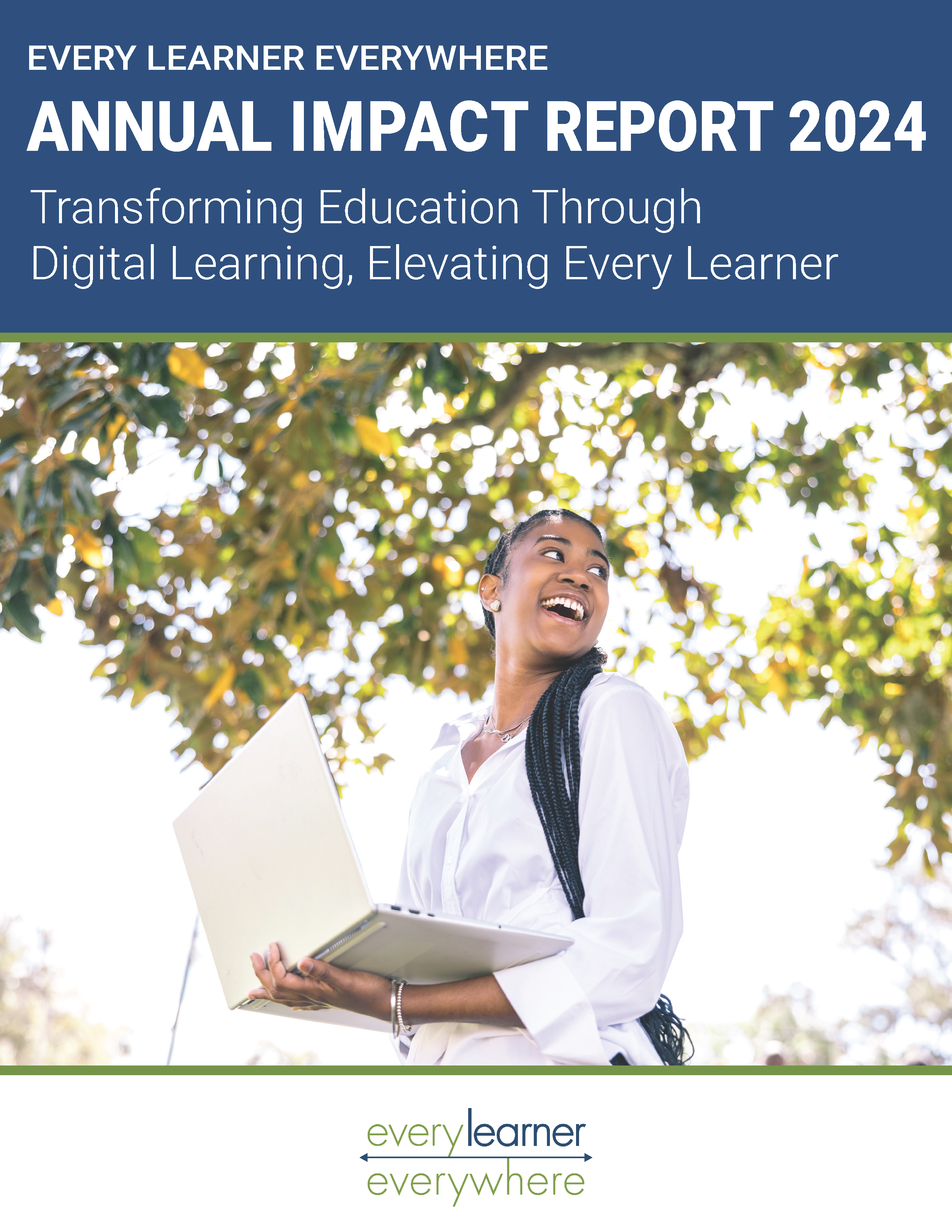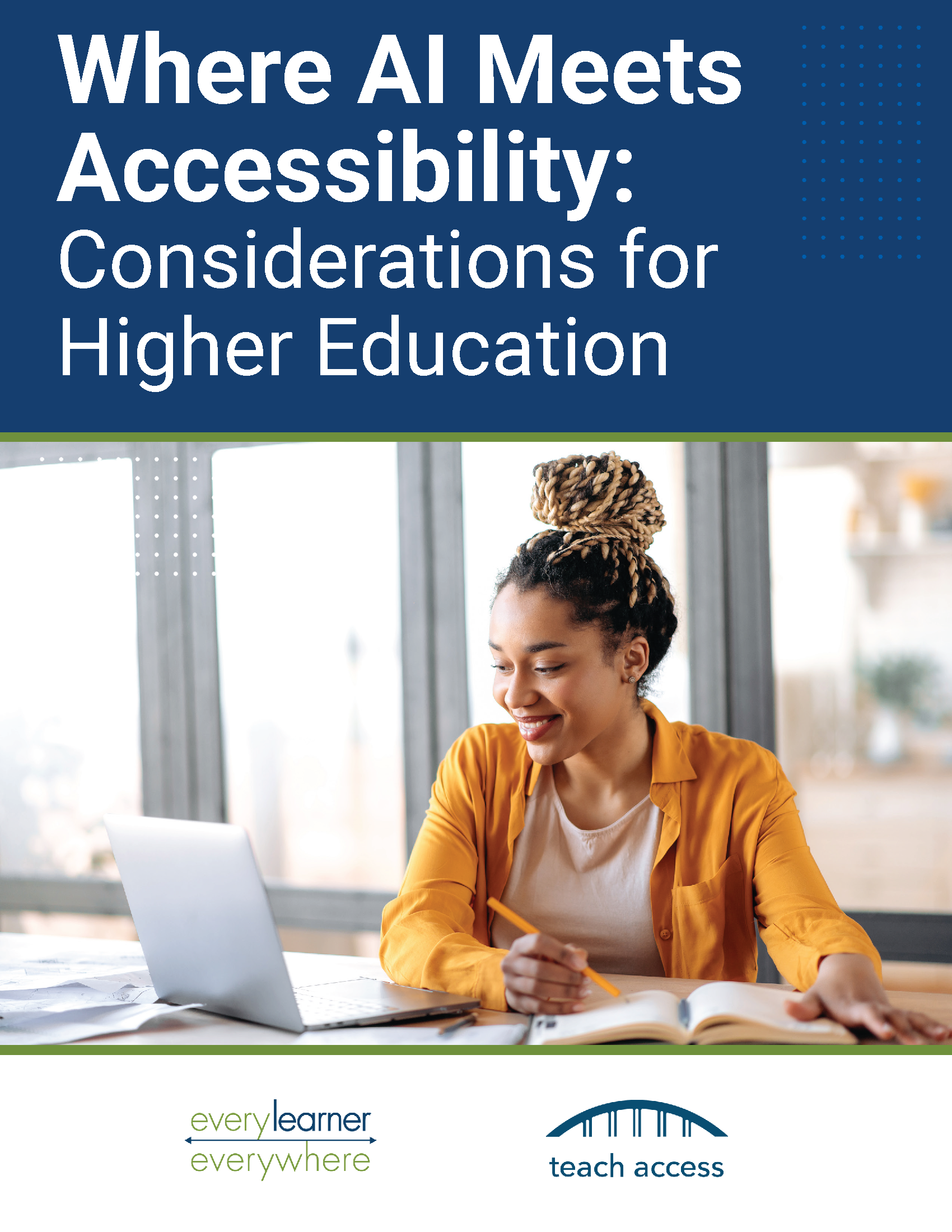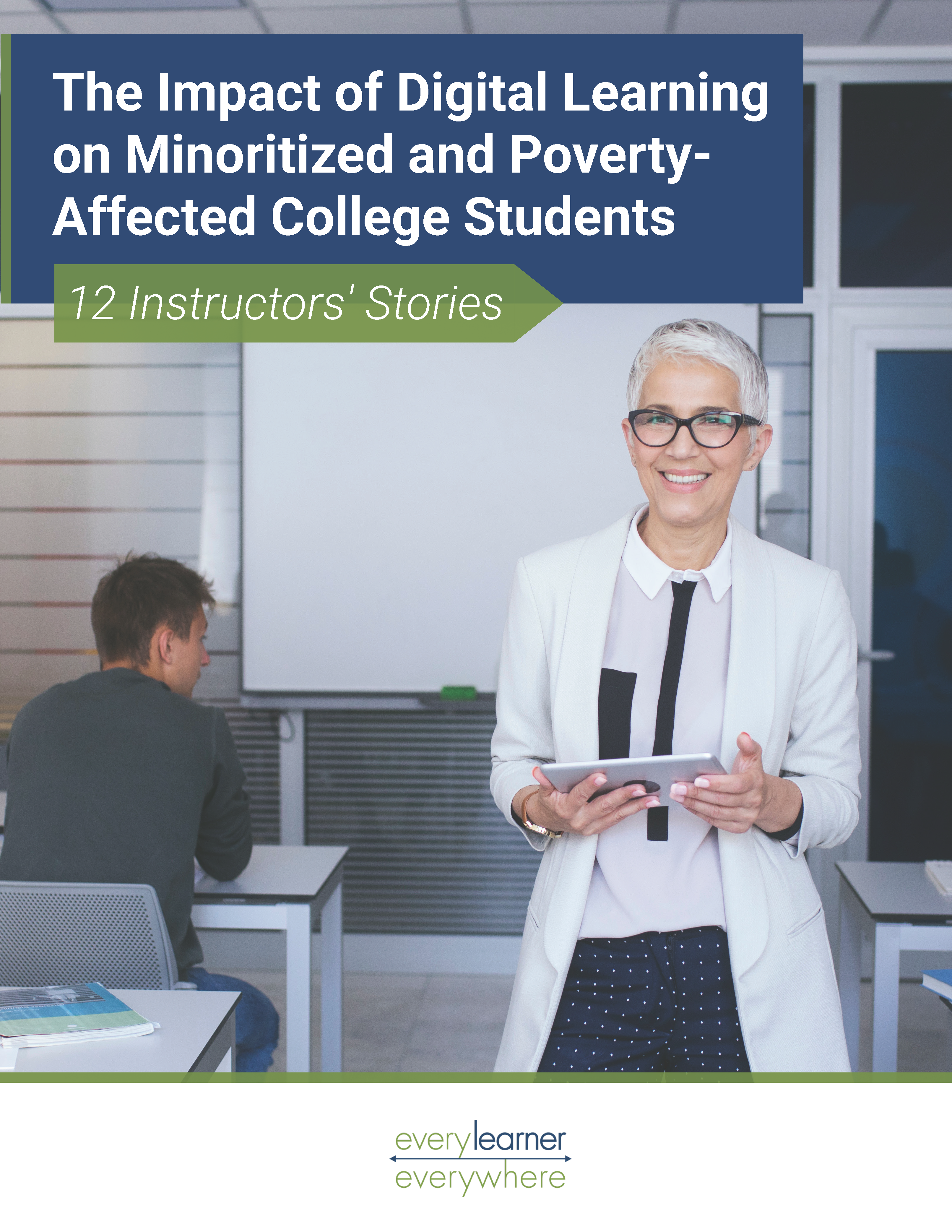Equity efforts in U.S. colleges and universities are limited by their tendency to aggregate data and discourse about all so-called “underrepresented students.” Aggregation hides unique needs, assets, and intergroup heterogeneity. The session summarizes what was learned through interviews with students, academic leaders, and student advocates about how disaggregating learner data can enable equity-centered education for minoritized, poverty-affected, and first-generation students.
Presenter: Robert McGuire, Owner McGuire Editorial & Consulting, LLC
Slides used in video





